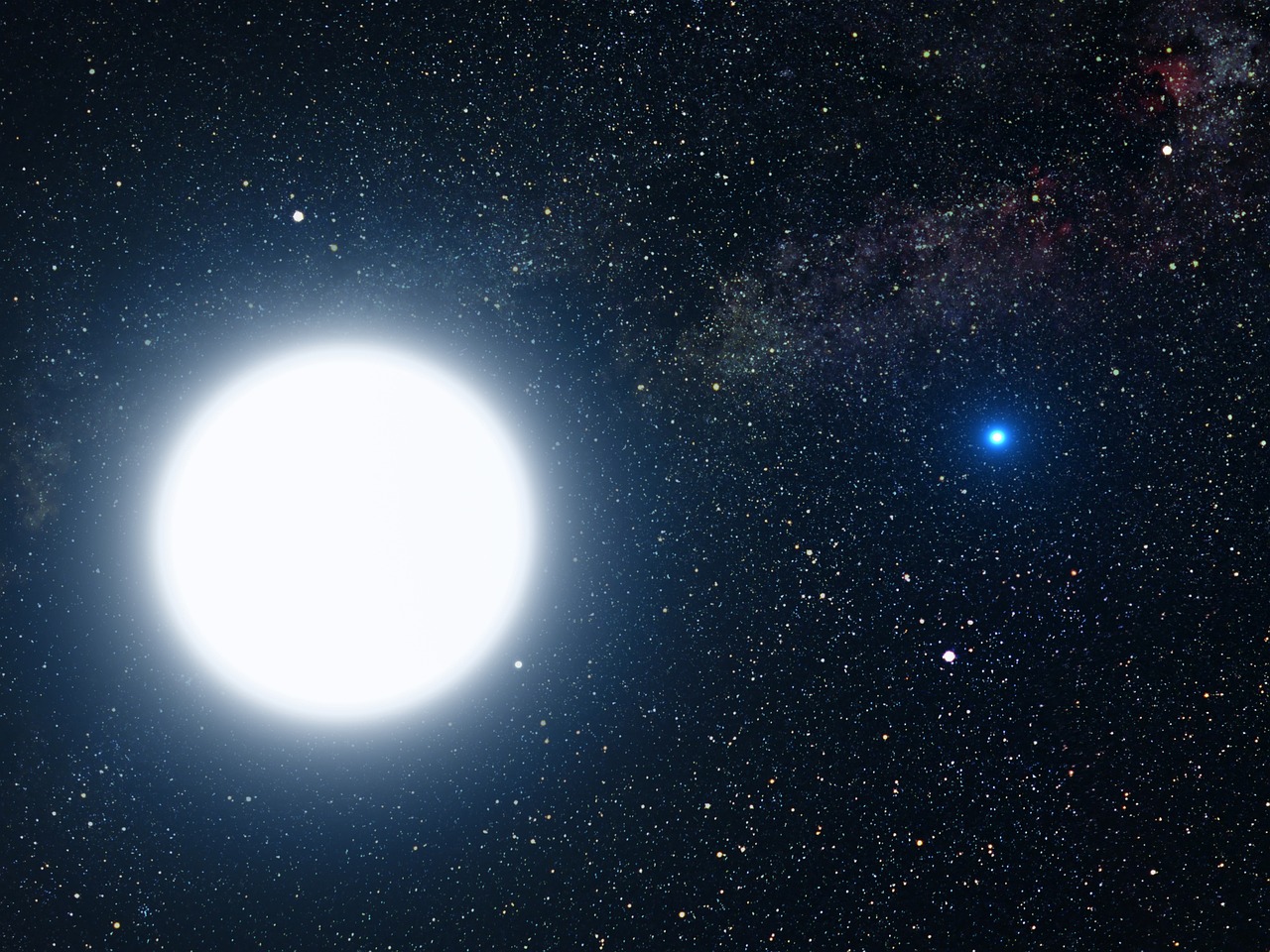Media release
From:
Astronomy: Observations of a brown dwarf hotter than the Sun
A brown dwarf orbiting around a white dwarf is estimated to have a surface temperature of about 8,000 kelvins (K) — over 2,000 K hotter than the Sun — and a day-to-night temperature difference of about 6,000 K, a paper published in Nature Astronomy reports. The brown dwarf may be one of the most massive known, and these observations could improve our understanding of binary systems and planetary atmospheres.
White dwarfs are the last evolutionary stage of low and medium mass stars, like our Sun. WD 0032-317 is a hot, low-mass white dwarf, which was observed in the early 2000s and was considered likely to be part of a double white dwarf system. Brown dwarfs are celestial objects whose mass is between those of stars and gas giant planets. They are easier to observe directly compared to giant planets, while sharing similar atmospheres, which makes them good gas giant analogues.
Na’ama Hallakoun and colleagues analyse follow-up observations from the Ultraviolet and Visual Echelle Spectrograph of the European Southern Observatory’s Very Large Telescope obtained in 2019 and 2020, and find that a brown dwarf (WD 0032-317 B), not another white dwarf, likely orbits WD 0032-317. They indicate that the brown dwarf has a mass of 75–88 times that of Jupiter and was probably enclosed in a common gas envelope with the white dwarf until around one million years ago. WD 0032-317 has a very high surface temperature of around 37,000 K and this newly identified brown dwarf orbits very closely, receiving an intense amount of ultraviolet radiation and making it over 2,000 K hotter than the Sun. WD 0032-317 B always shows the same side to the white dwarf. This means that the brown dwarf experiences a temperature difference of around 6,000 K between its day and night side.



 International
International



